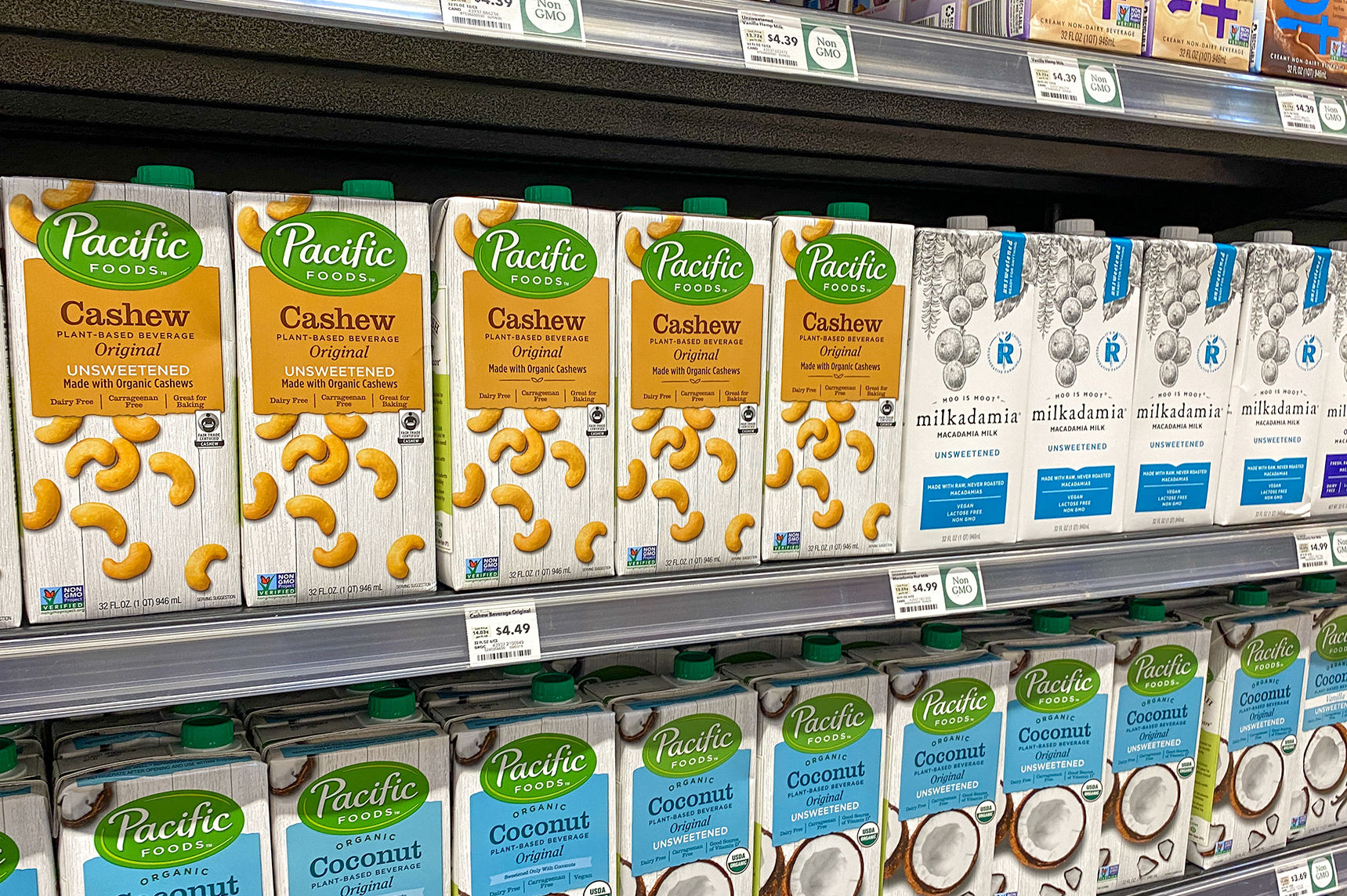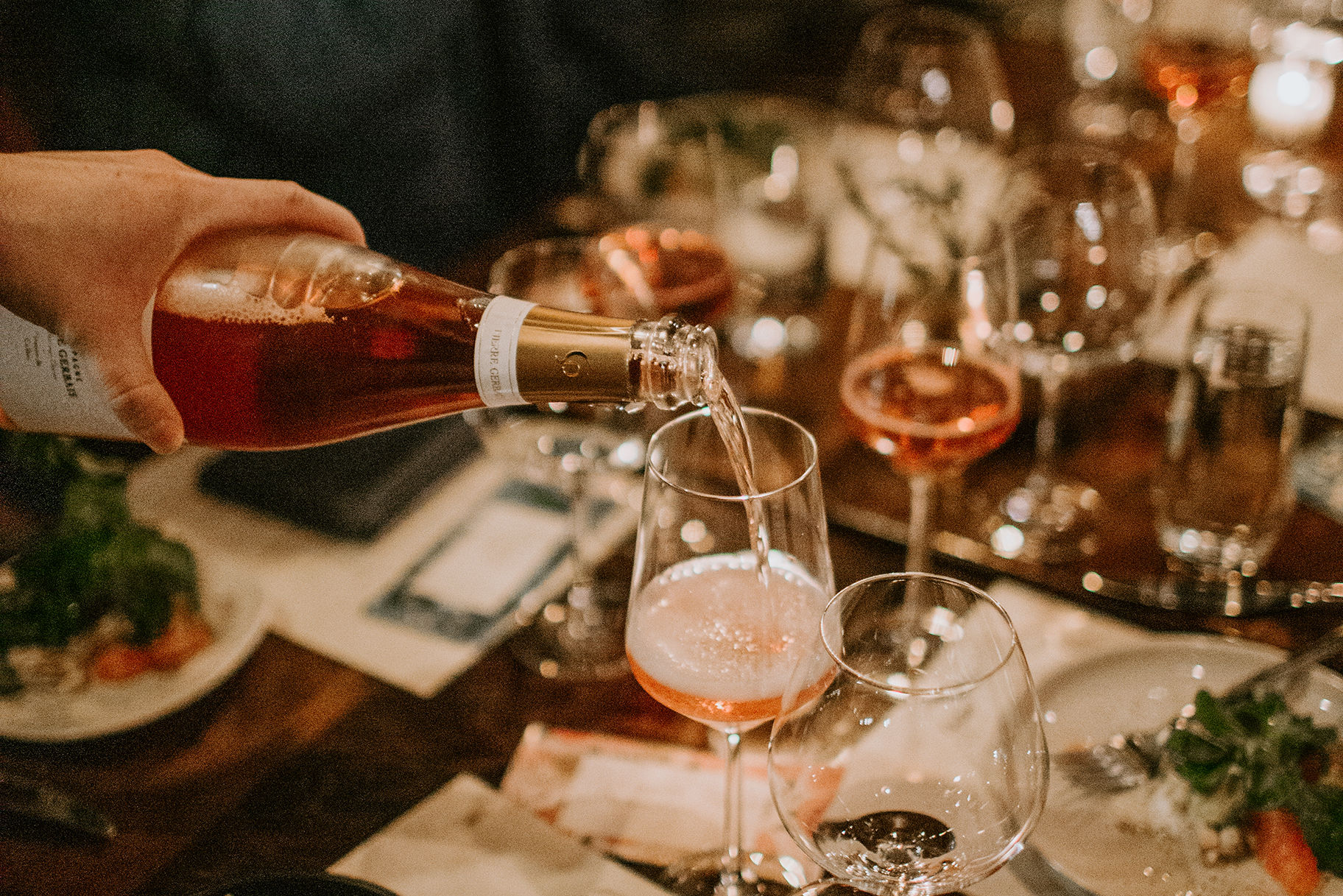At Paladin Pie, Pizza Fuels Social Change
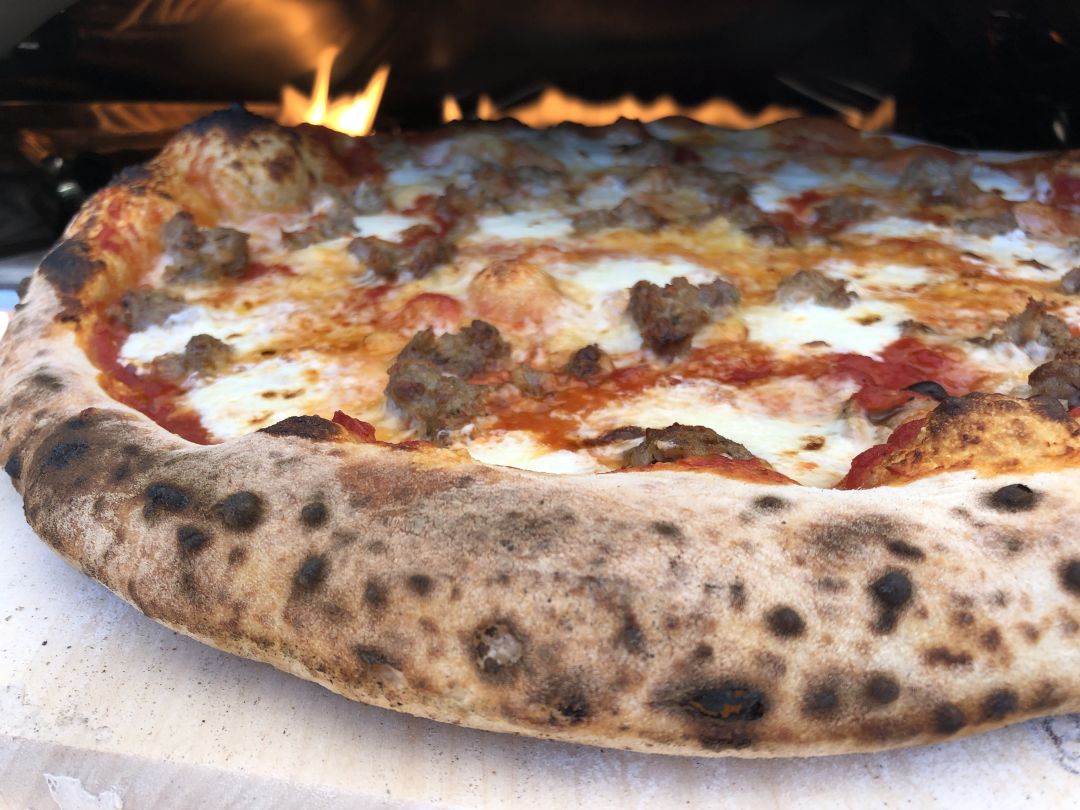
At Paladin Pie, pizzas are made with sourdough crust and range from classics like pizza with housemade Italian sausage (seen here) to less conventional options like mole with mushrooms and cotija.
Image: Trevyn Savage
When the pandemic hit, two of Leo Brill’s pastimes and career options—making pizza in a restaurant and playing music with his band—came to a standstill. Brill was laid off from his job as the head chef at Oven and Shaker, and shows with his band, Mouthbreather, were put on hold indefinitely.
But Brill soon realized that the pandemic couldn’t stop him from making pizza. He borrowed an outdoor oven from a friend, and in late March, he started making pizza in his backyard on Saturdays to give to friends, many of whom were recently unemployed restaurant workers.
“It seemed like a no-brainer to me,” Brill says. “I wanted to use what resources I had to feed people and help out in whatever small way I could.”
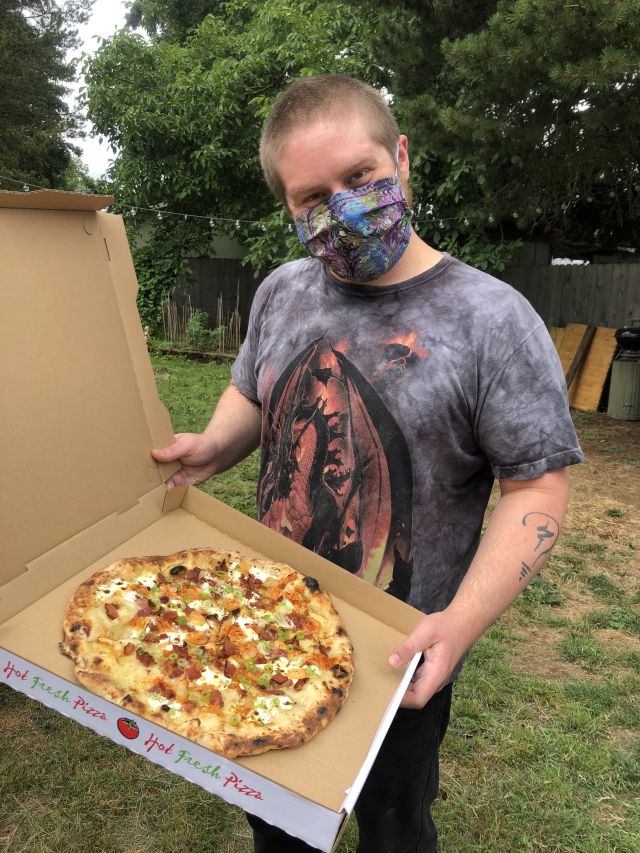
Brill with one of his favorite pizzas: the kimchi, bacon, and cheddar pie.
Image: Trevyn Savage
In June, as protests surrounding the murder of George Floyd, police brutality, and Black Lives Matter grew, Brill decided to use his new pizza pop-up to support the cause. As Brill, a self-proclaimed “huge nerd” and lover of Dungeons and Dragons explains, a paladin, also one of the playable character classes in DnD, is someone who’s fixated on their goals and personal morality. “I’ve always been a politically minded person, and it seems like a blessing to me to be able to do the thing that I love to do to try to effect that change,” Brill says.
So far, Brill has donated proceeds from Paladin Pie to nonprofits and mutual aid funds including For The Gworls, Don’t Shoot PDX, The National Black Justice Coalition, The Okra Project, and The Minnesota Freedom Fund.
“It’s my attempt at using that privilege to support when I’m not out on the street protesting,” he says. “My intention was to feed people who were doing that work, who were oftentimes working double shifts, protesting for the good of the community and beyond.”
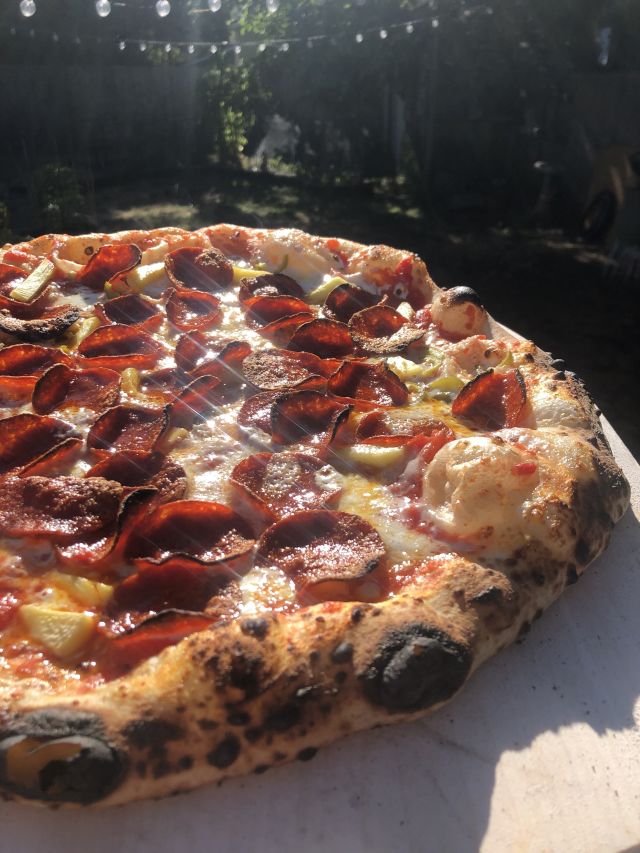
Brill's take on Hawaiian pizza, made with pepperoni, pineapple, and serrano chiles.
Image: Trevyn Savage
Though much of his professional background is in Italian-style pizza, at Paladin Pie, Brill aims to make pizza that’s based on some of his favorite late-night foods. “I don’t think pizza should ever be pretentious,” he says. On the menu are standard pizza combos like cheese, pepperoni, and vegan marinara, as well as more inventive combos like a white pie topped with kimchi, sharp cheddar, and bacon, or his take on Hawaiian pizza with pepperoni, pineapple, and serrano peppers. Brill has also done even more out-of-the-(pizza)-box combos like a pizza that substitutes red mole for tomato sauce, topped with cotija cheese and mushrooms. The menu changes weekly, depending on what Brill wants to make that week and what produce is ready to be harvested from his backyard garden. Customers can also build their own pizzas.
All pizzas are built on a sourdough crust that Brill has spent years developing, which he describes as “an easy fusion” between the Neapolitan-style crust he made at Oven and Shaker and the New York-style pizza crust he grew up eating in New York. For a spicy kick, Paladin Pie also sells Mouthbreather hot sauce, originally sold as band merch at Mouthbreather shows, made from Mexican chocolate, pineapple, and a blend of chiles.
Pizzas are available for pick-up and delivery on Saturdays only (with the next service taking place on August 22), and must be pre-ordered online at PaladinPie.com from Wednesday through Friday night. Volume is limited to 25 pizzas a week for now, but Brill hopes to soon expand either to a commercial kitchen or a brick-and-mortar shop.
Listen to Karen Brooks and Katherine Chew Hamilton discuss how the food scene is changing in response to the protests and the pandemic.
